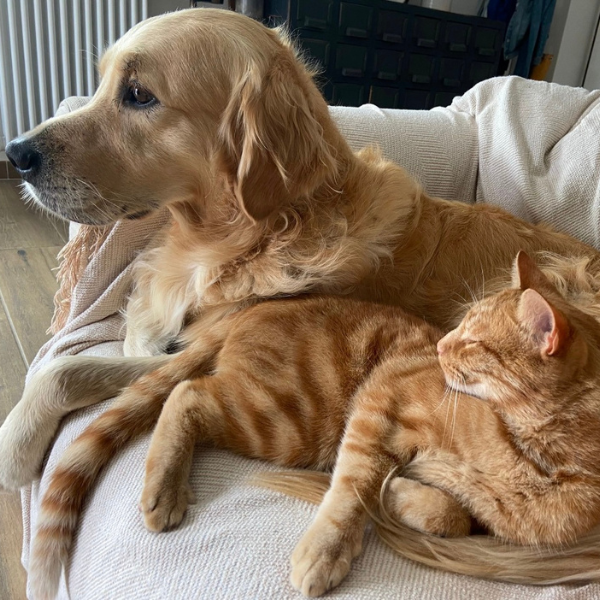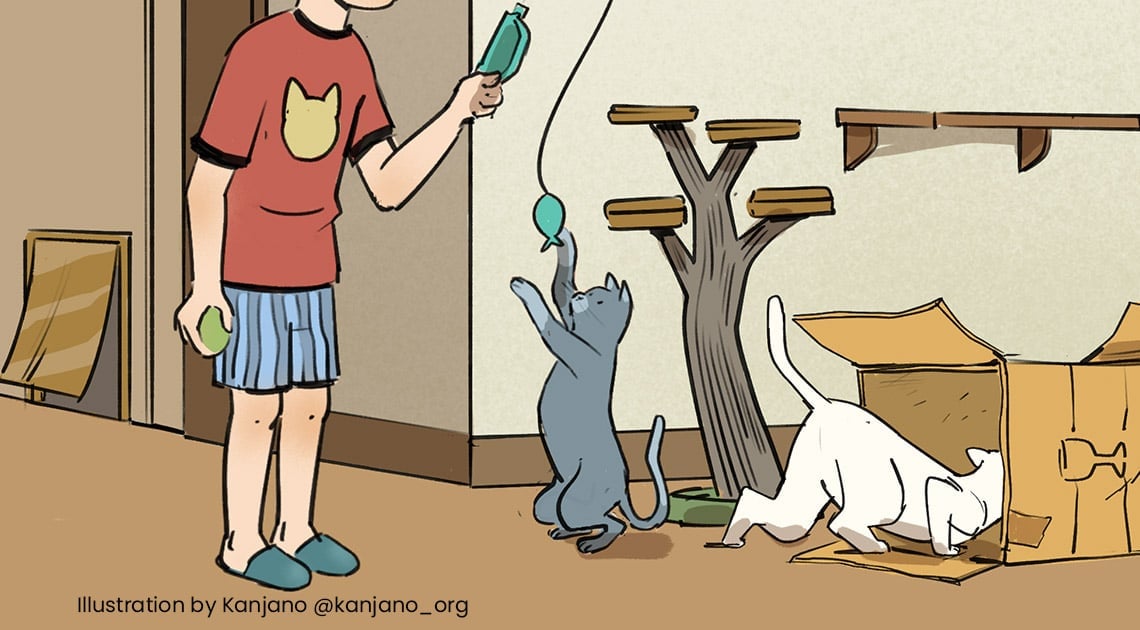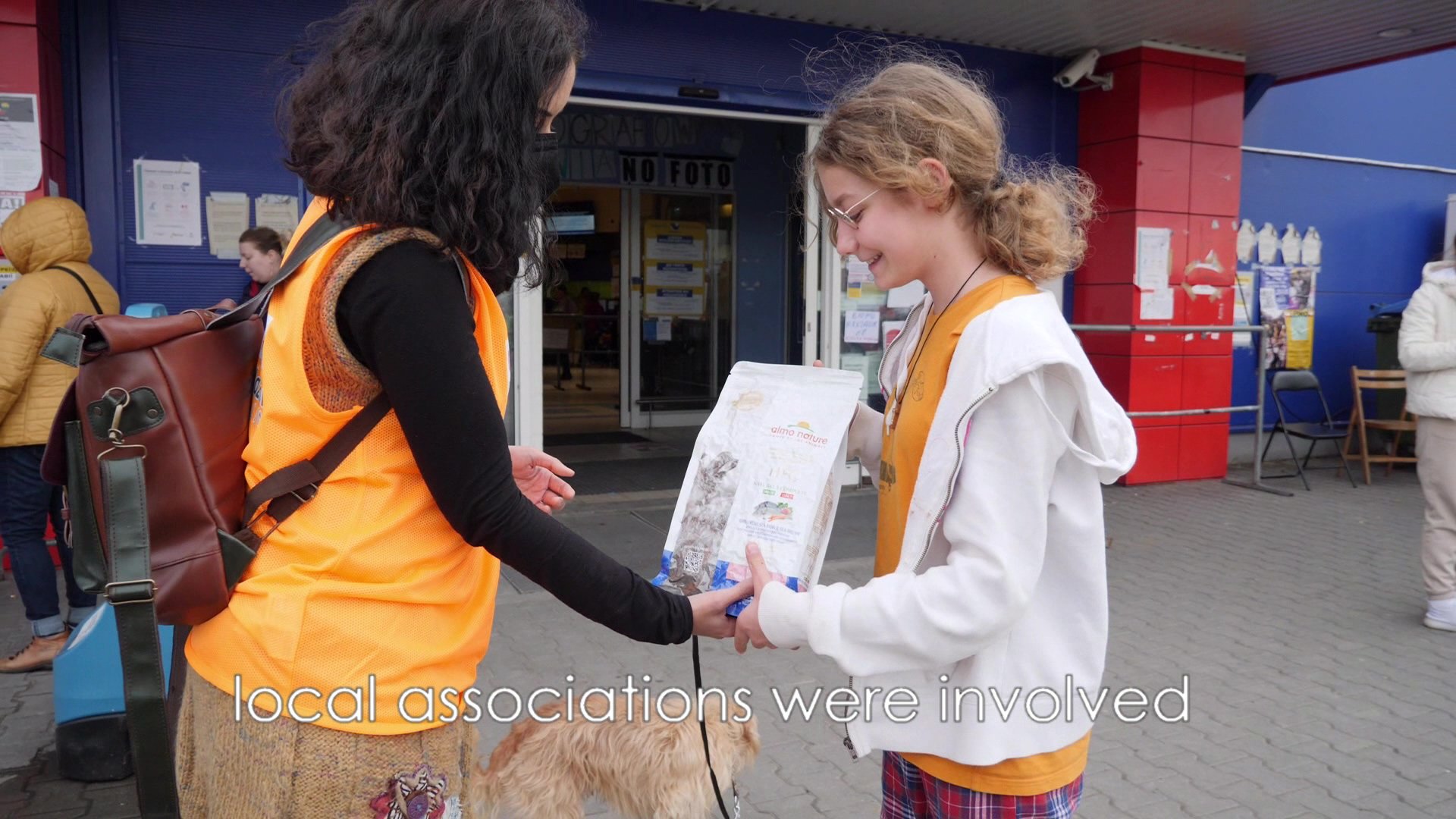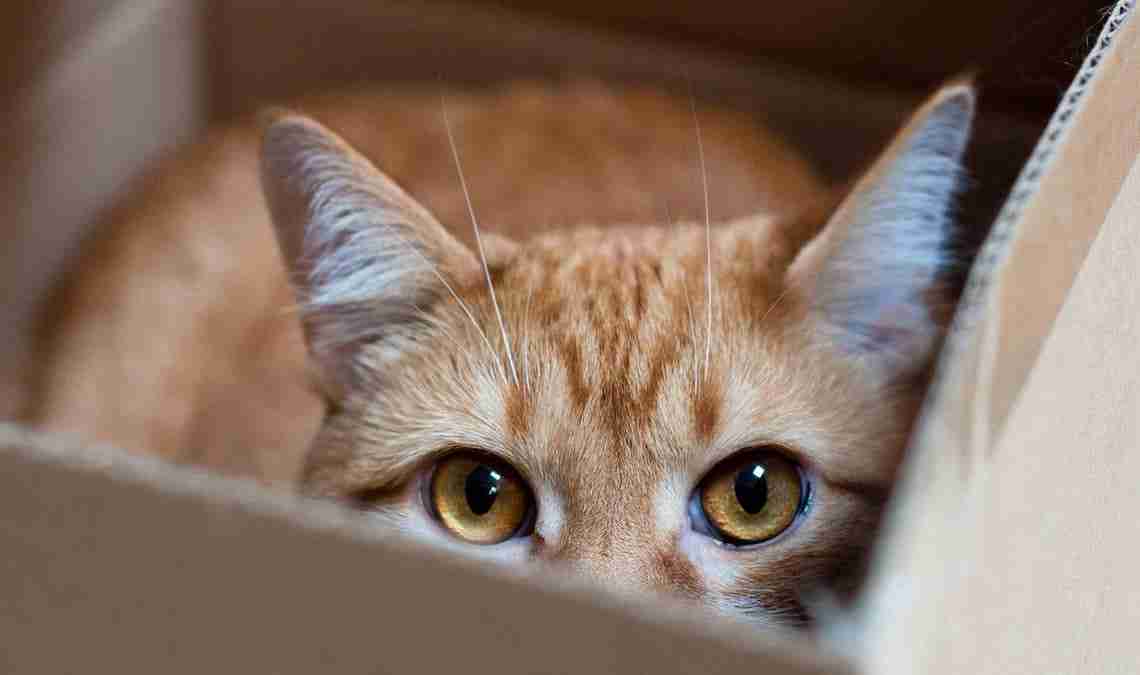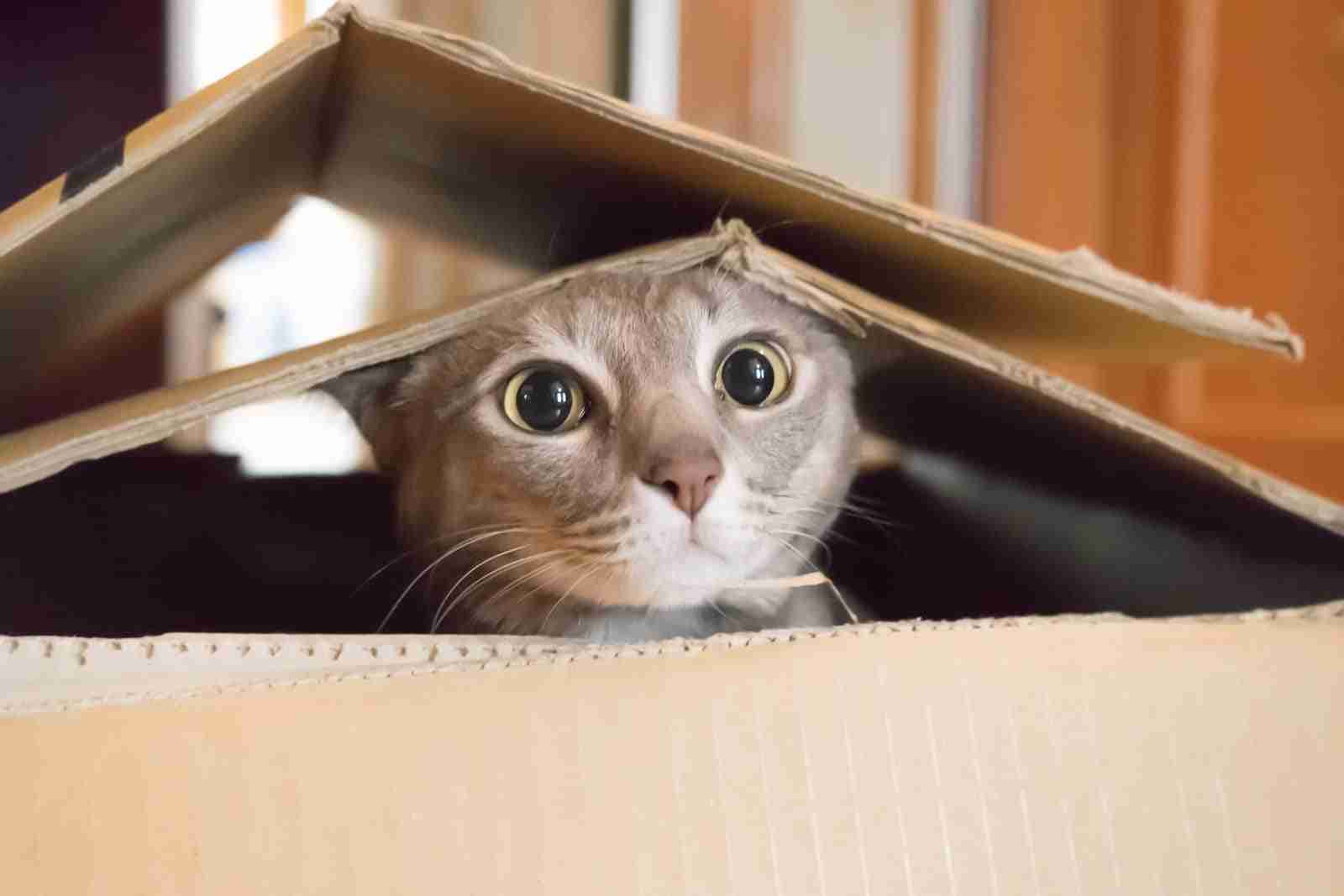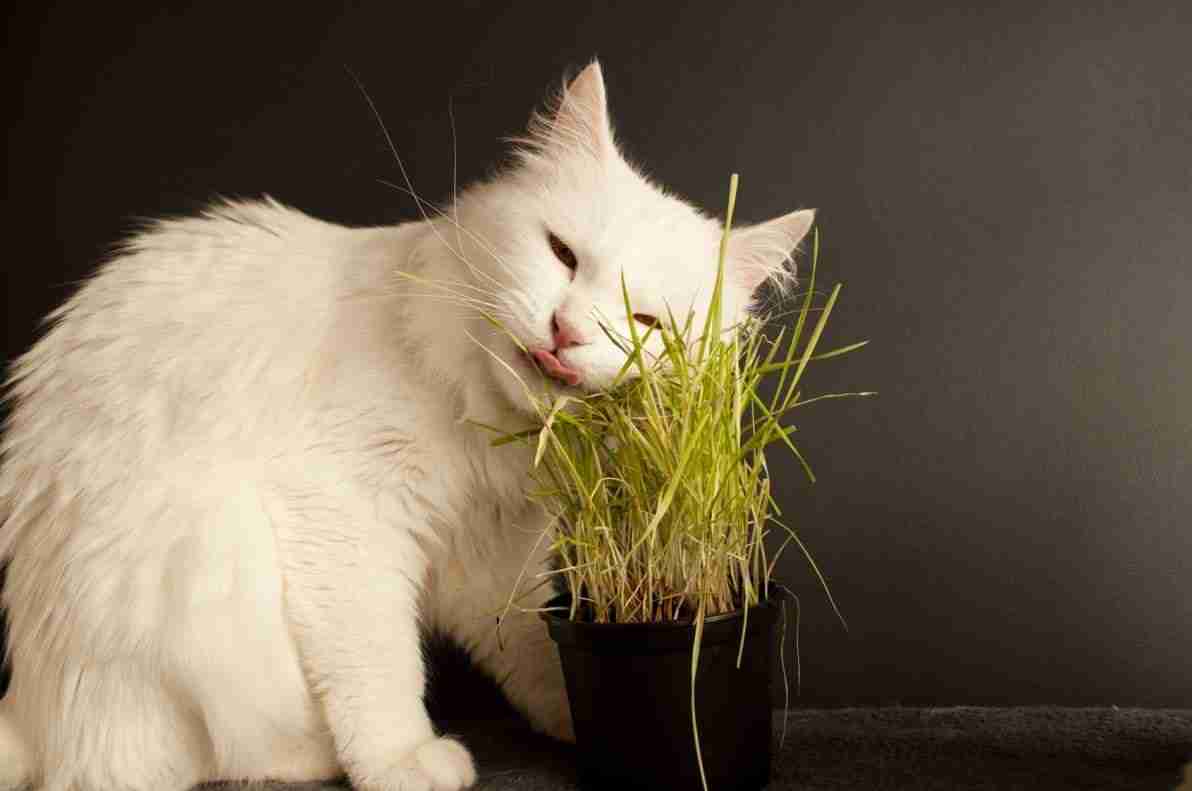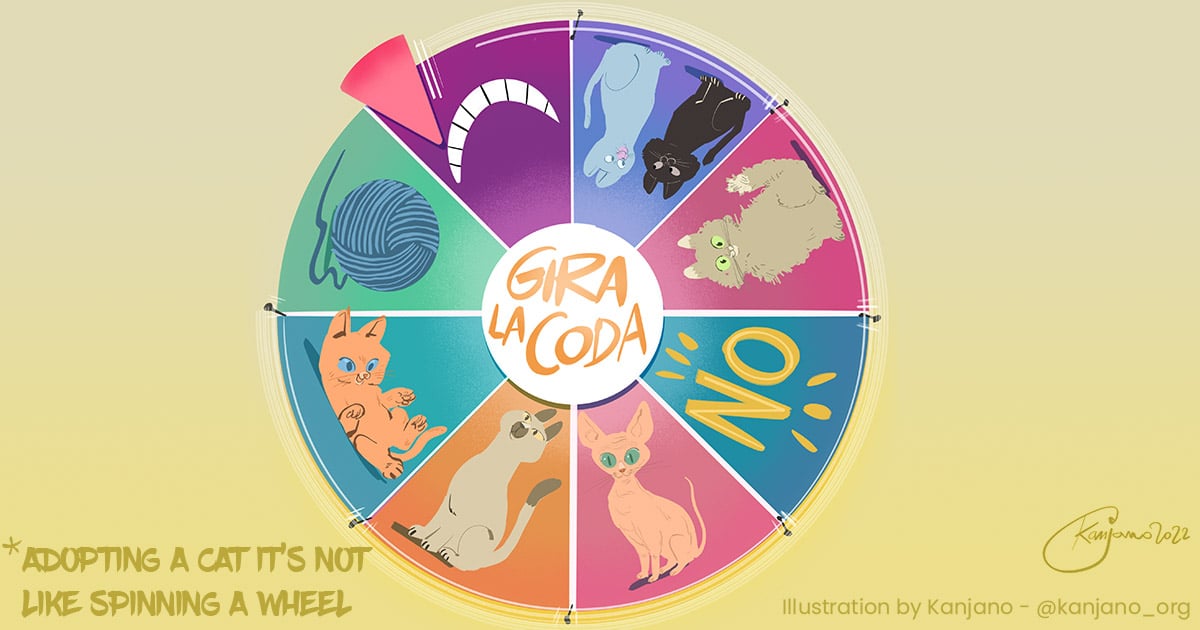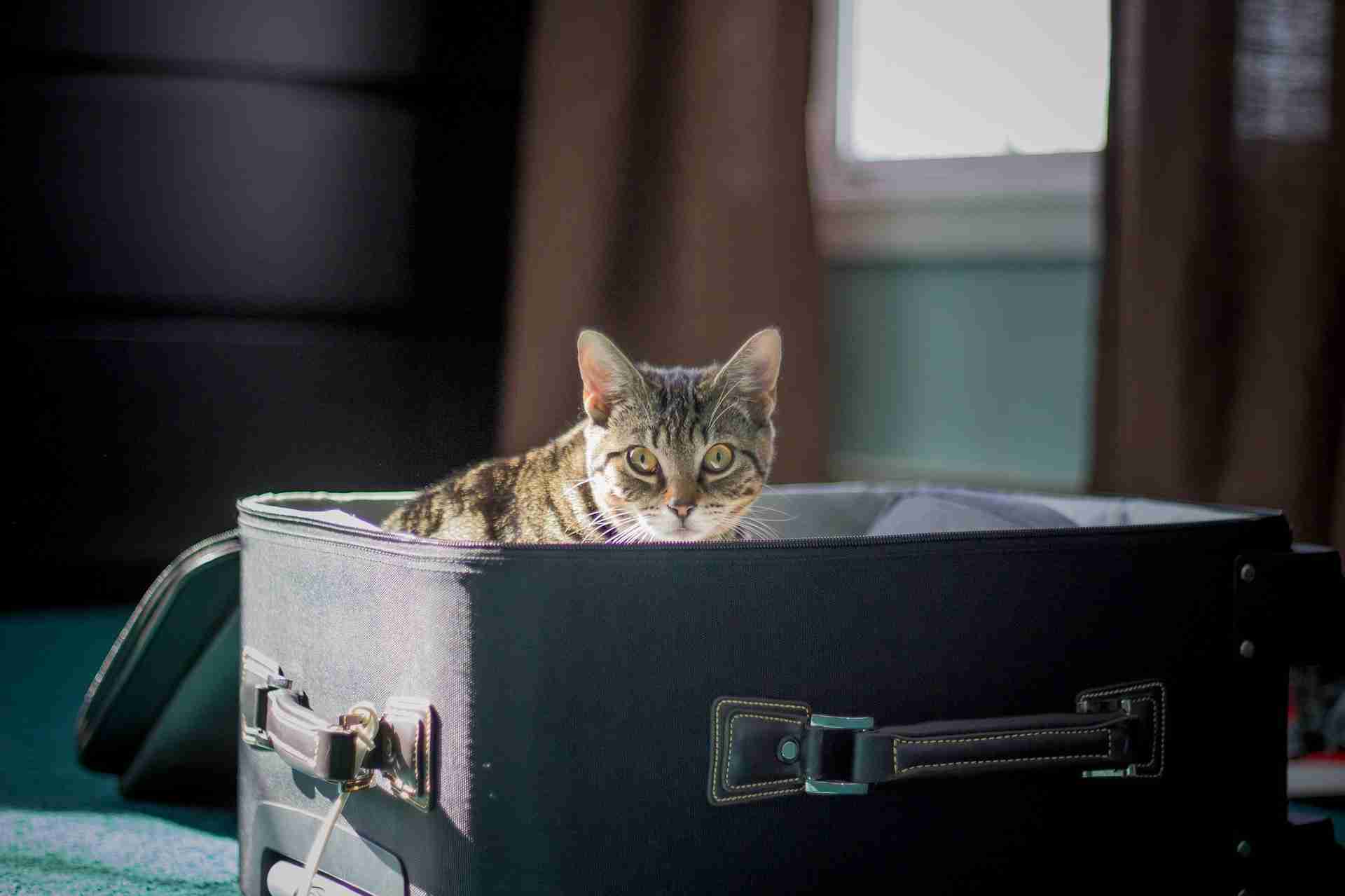How to create a cat-friendly home
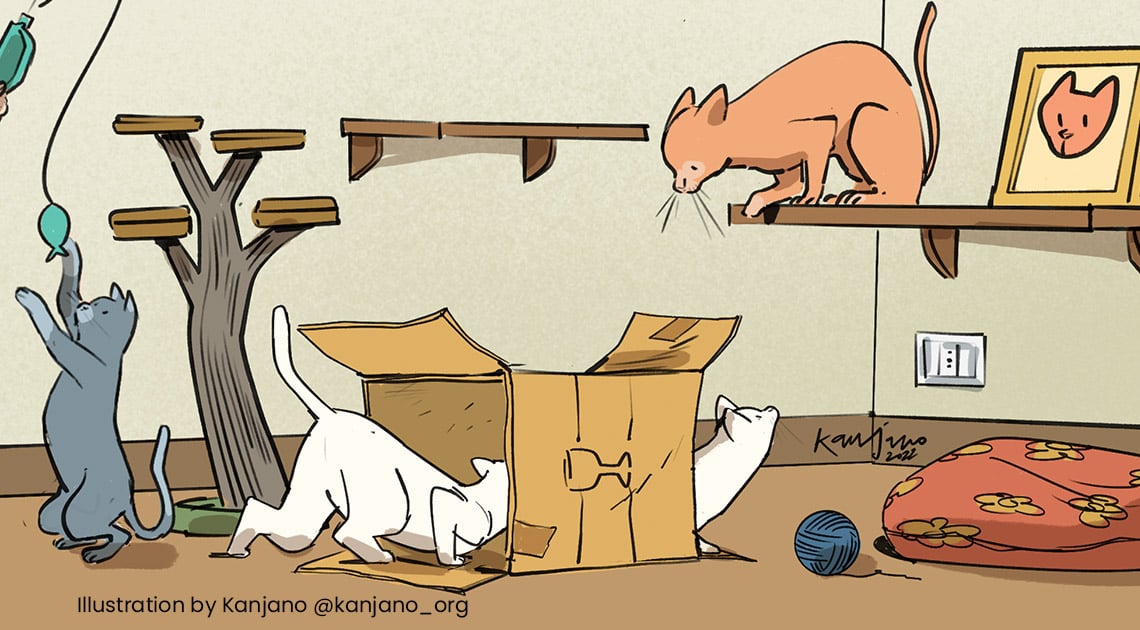
By Sonia Campa
Cats are all different, and there are no two alike!"
This is a phrase that cat lovers often use which has, indeed, a basis of truth: cats, also because of their behavioural plasticity, have a rich palette of characterial "colours".
This can mislead you into thinking that you can’t make predictions about them, you can’t really understand them, you can’t have references that help you determine what makes them feel good and what doesn’t. They’re all different, right?
But if that were the case, there would be no behavioural studies, and we could not resolve any alterations in our cat's behaviour. We could do nothing to relieve their stress or improve any relationship distress they may have, and chaos would govern us.
Fortunately, science comes to our aid, and without being experts in the field, as conscious cohabitees we can certainly make use of some of the main indications it has given us so that we can offer our cats a foundation of well-being on which to build our relationship.
Setting up an environment suitable for living with a cat
A comprehensive approach
This editorial is dedicated to the basic characteristics that a physical environment must offer when hosting a cat. I will dedicate a later one to the relational context because, if the places where a cat lives are fundamental in allowing it to express itself and to feel good, we cannot neglect the social world in which it is immersed and which contributes to determining the quality of its life.
Hiding places
The abundance of places to hide (to play, to rest, to isolate a little) is one of the most important qualities of a cat's environment. Cardboard or wooden boxes, wicker baskets or foam chairs, canvas tunnels, corners made in the closet or behind the curtain, next to the radiator: you can indulge in offering your cat the opportunity to isolate itself so it can play, hide or rest.
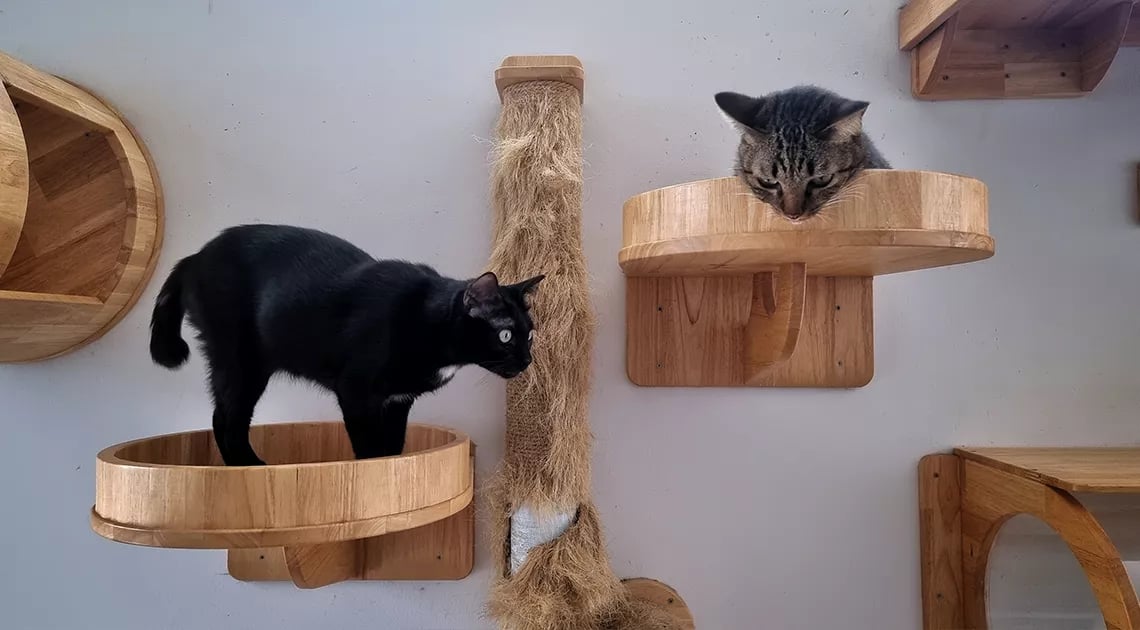
Verticality
My experience of working with families suggests that verticality - the possibility of climbing upwards through a system of furniture or raised shelves made for cats - is the thing most lacking in Italian households. It’s an easy aspect to overlook because it has no relevance to humans - we only use space horizontally. We use heights in the house mostly for hanging pictures or leaning bookcases against - while for cats, being able to take refuge at a high level, where they can stay still, rest, walk, radically changes the quality of their environment.
Resting places
Cats love sleeping in different places during the day and, as we have just said, at different heights, because each place gives a different level of comfort and safety. Ensuring your cat has a small bed in every room of the house is essential. There is no need to spend a fortune on cat beds and pillows: a cardboard box, an old drawer or a disused suitcase embellished with a cover will do, plus allowing free access to armchairs, sofas, and beds at the same time. All are cost-free ways to increase your cat's opportunity to snuggle up.
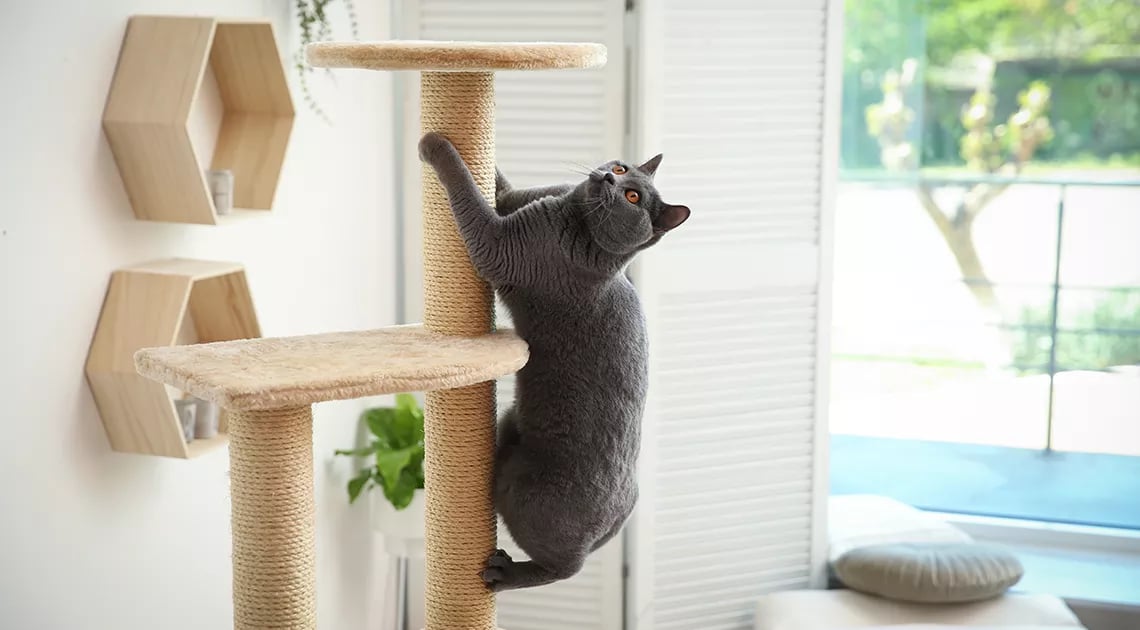
The possibility of scratching and climbing
Unless you are comfortable with curtain climbing, a scratching post is the ideal answer to allow your cat to climb. Do not be thrifty: such an important asset for your cat is worth the expense of purchasing one that is tall, stable, and solid. If you do not want to buy one, you can build it yourself (it is simple and there are many online tutorials); alternatively it is always possible to replace it with a system of graduated elevations or aerial walkways reachable by a pole fixed to the wall and wrapped in sisal rope.
Many cats, however, also love to scratch cardboard: scratching posts and mats made of this are generally cheaper and an excellent addition to the more traditional cat tree.
Cat flap? Yes or no?
A cat flap is an excellent way to help your cat become independent when going outside. The only disadvantage, until a few years ago, was the risk of strangers entering the house. Today, however, there are models equipped with a microchip reader that only open if a cat is recognized in front of the receiver. There are practically no more excuses for not having one but, if you prefer, you can always opt for opening/ closing doors manually yourself.
Sunbathing
A siesta in the sun is a real cure-all for cats, not only because it allows vitamin D synthesis, but it also improves mood and has an antistress effect. Creating small spaces in sunny areas for your cat - especially if it has no access to the outside - is a precious enhancement to its environment.
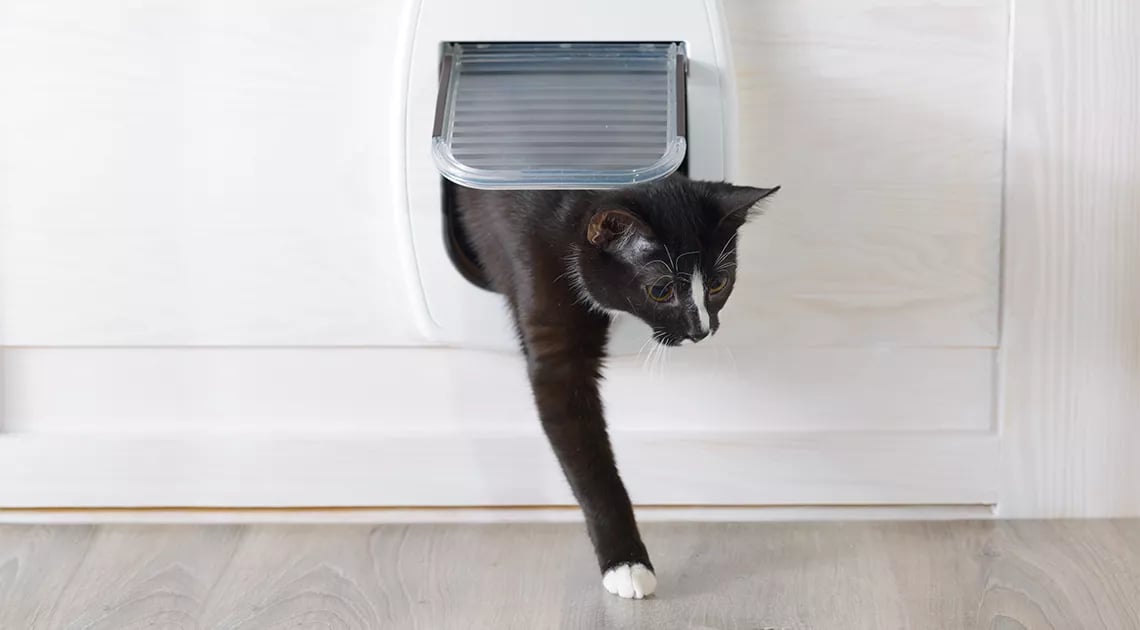
Location of food and water
Bowls for food and water should always be present and well spaced apart. Studies tell us that cats drink more often if the source of water is placed far from food. It would be ideal, then, to put the bowls in different rooms. And speaking of sources, today there are automatic feeders with a recirculation that simulates running water.
Correct litter tray placement
The litter tray, in turn, should be placed away from bowls and water fountains without question. Choose fine grain sand, preferably of vegetable origin, and do not be tempted to perfume the trays with essences or scents that could irritate the cat's sensitive olfactory sense. The bottom of the tray should be cleaned daily and the litter completely renewed as soon as it loses its compacting power (or absorbency, depending on the type): cats hate to use a dirty toilet and can we blame them?
Garden Improvement
The garden can also be enhanced to provide your cat with additional places for resting, climbing, hiding, sunbathing, toileting, and everything your cat cares about. It can be thought of as an "open-air room" that, therefore, can be furnished in a welcoming, inviting way that is worthy of attention.
And now multiply it!
Once again, I renew the invitation not to give in to thrift: the more there is of everything I have mentioned (places for resting and hiding, opportunities to climb and survey the world from on high, food, water and litter points, sunny areas, access to the outside), the more functional they will be. Multiply everything, as much as you can and proportionally to the number of cats.
A house in which a cat lives must be designed with it in mind. Here, in Italy, the Italian word, "gattificare", is used a lot. It is a questionable translation from the already unpleasant English word "catification": catify the environment, we say. But, in my opinion, it is simply about making our homes a welcome place for those who have a perspective on the world a little different from ours, but no less interesting.
Related Articles
-
- How to improve your relationship with your cat
Altri Articoli di Sonia Campa

